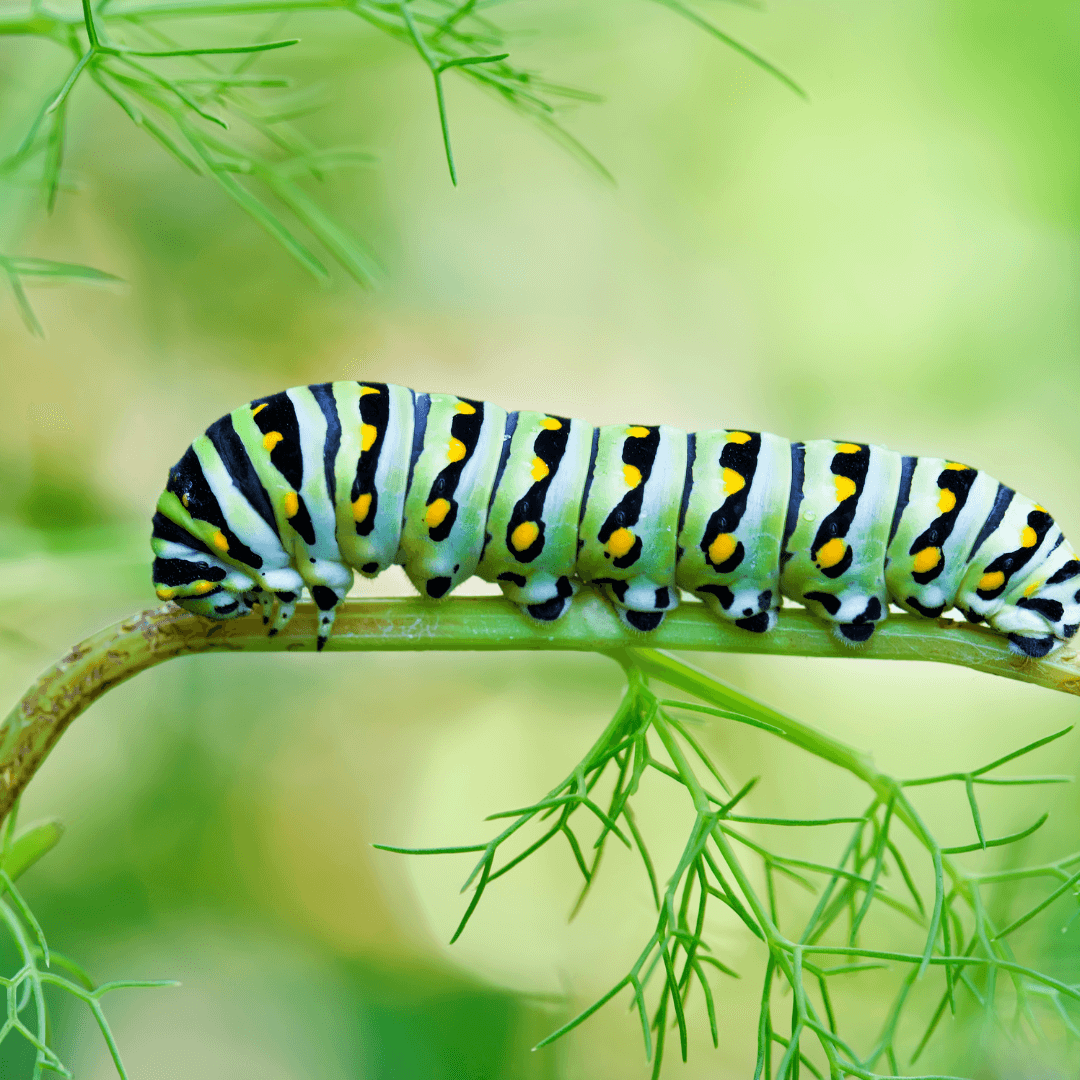Caterpillars

Scientific Name
Lepidoptera Larvae
Description
Caterpillars are the larval stage of butterflies and moths. They are known for their elongated, soft bodies and voracious appetite, often causing significant defoliation when present in large numbers.
Characteristics
Varied in color, size, and shape, caterpillars often exhibit distinct markings, spines, or hairs. Their feeding can lead to extensive damage, reducing the plant's capacity for photosynthesis.
Control Methods
- Organic sprays: Apply Bacillus thuringiensis (Bt) or neem oil during early infestation stages to target caterpillars without affecting beneficial organisms.
- Cultural practices: Employ crop rotation and interplant with repellent species to disrupt caterpillar populations and remove infected plant debris.
- Preventive methods: Monitor plants for eggs and young caterpillars, and maintain healthy growth with proper watering and balanced fertilization.
- Biological controls: Encourage natural predators like parasitic wasps, birds, and predatory insects such as ladybugs and lacewings.
- Mechanical physical: Hand-pick caterpillars from plants and use row covers to prevent adult moths from laying eggs.
Natural Enemies
- Parasitic Wasps
- Birds
- Predatory Insects